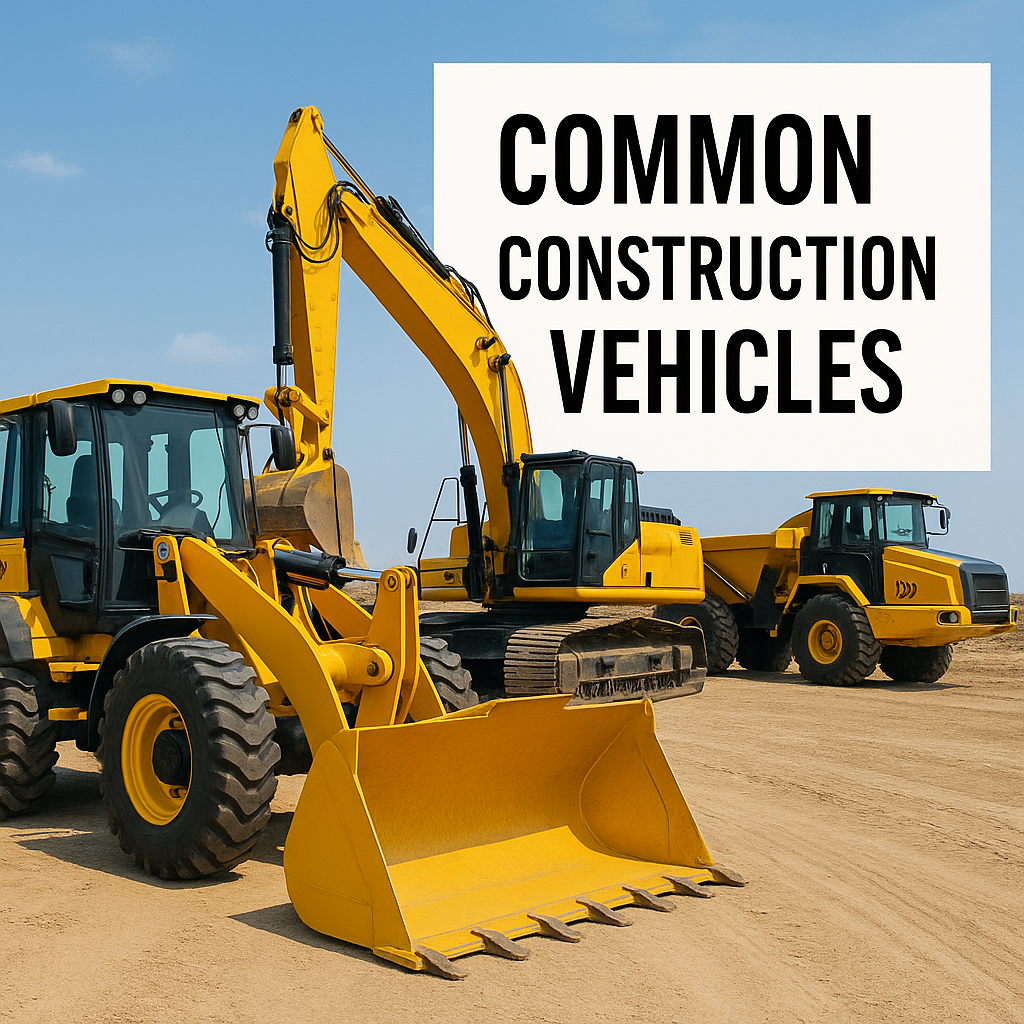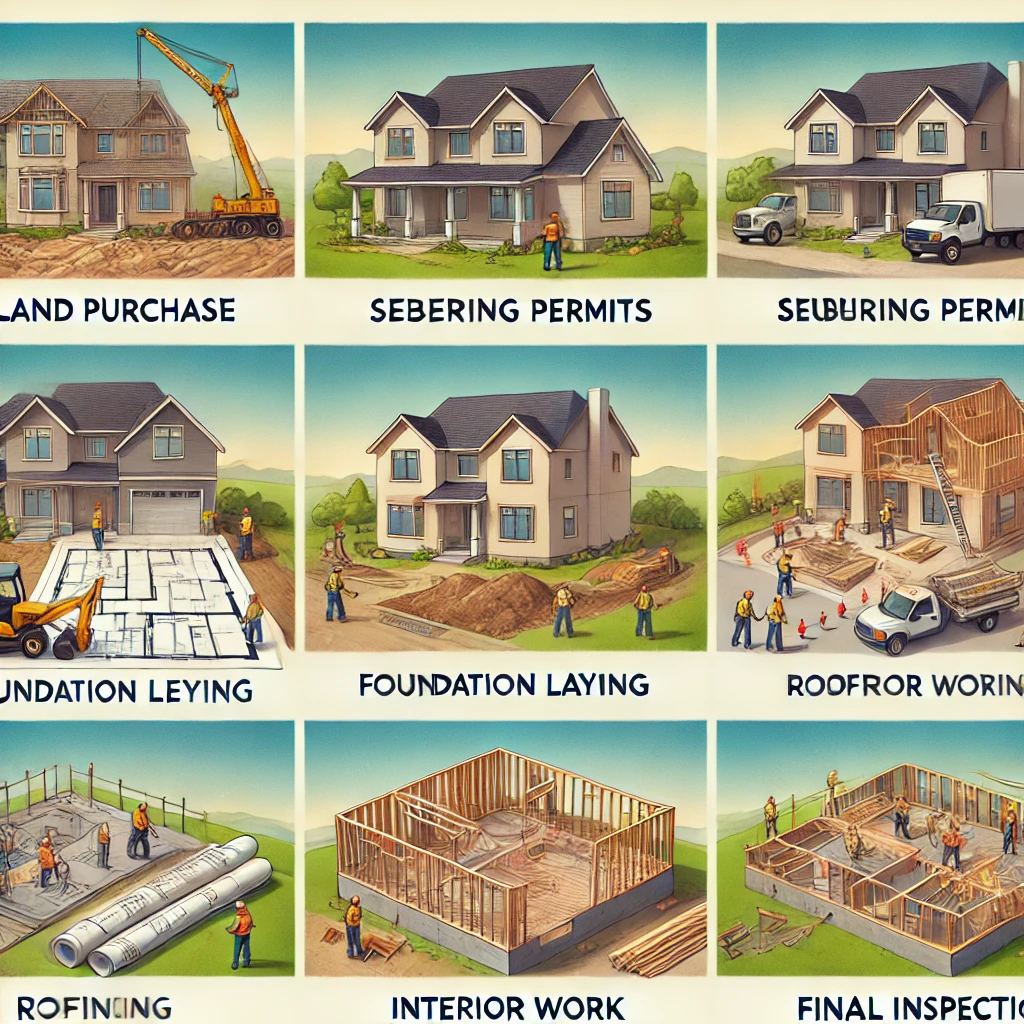Innovations Driving Sustainability, Efficiency, and Resilience in Modern Construction
The evolution of construction materials and technology has always been at the heart of human progress—from the primitive mud bricks of ancient civilizations to today’s high-performance composites and intelligent systems. As urbanization accelerates and environmental concerns intensify, the construction industry is undergoing a radical transformation, driven by breakthroughs in material science and digital fabrication.
The Rise of Sustainable Construction Materials
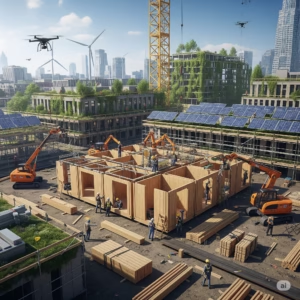
One of the most significant shifts in modern construction is the move toward sustainable materials. Concrete, the most widely used construction material globally, is being reinvented with alternatives like geopolymer concrete, which reduces carbon emissions by up to 80% compared to traditional Portland cement. Similarly, cross-laminated timber (CLT) is emerging as a viable substitute for steel and concrete in high-rise buildings, offering both structural strength and carbon sequestration benefits.
Recycled materials, such as reclaimed steel and plastic composites, are also gaining traction, helping reduce waste and energy consumption. Beyond conventional alternatives, bio fabricated materials—grown from fungi, bacteria, or agricultural byproducts—are entering the market. These innovations support a circular economy, where buildings can be grown, used, and decomposed with minimal environmental impact.
Digital Transformation in Construction
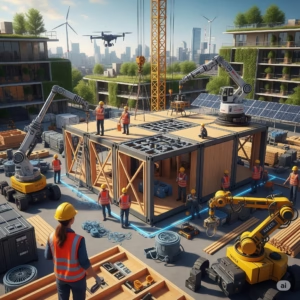
Technology is revolutionizing how buildings are designed and constructed. Building Information Modeling (BIM) has become essential, enabling precise planning, clash detection, and lifecycle management of structures. Meanwhile, 3D printing is transforming on-site construction by allowing rapid fabrication of complex geometries with minimal waste—entire homes can now be printed in days using concrete, clay, or even recycled plastics.
Robotics and drones are improving efficiency in tasks ranging from bricklaying to site inspections, reducing labor costs and enhancing safety. Additionally, prefabrication and modular construction are significantly cutting project timelines. Components are manufactured off-site in controlled environments and assembled like Lego blocks, ensuring higher quality and consistency.
Smart Materials and Intelligent Infrastructure
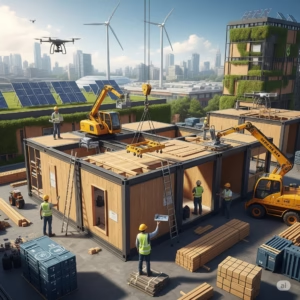
The next frontier in construction lies in smart materials and adaptive systems. Self-healing concrete, embedded with bacteria or microcapsules that produce limestone when cracks form, extends the lifespan of structures while reducing maintenance costs. Phase-changing materials (PCMs) regulate indoor temperatures by absorbing and releasing heat, improving energy efficiency.
The integration of Iot sensors in construction materials enables real-time monitoring of structural health, detecting stress, corrosion, or moisture before failures occur. These advancements are giving rise to “living buildings” that adapt to environmental conditions, optimize energy use, and even generate their own power through photovoltaic glass or kinetic flooring.
Challenges and the Future of Construction
Despite these advancements, challenges remain in scaling new materials and technologies. High costs, regulatory hurdles, and industry resistance to change often slow adoption. However, as climate change and population growth intensify, the demand for resilient, sustainable, and efficient construction solutions will only increase.
The future of construction lies in a synergistic approach—where advanced materials, digital tools, and eco-conscious practices converge to create buildings that are not only stronger and smarter but also in harmony with the planet. The built environment of tomorrow will be shaped by today’s innovations, proving that how we build is just as important as what we build.

